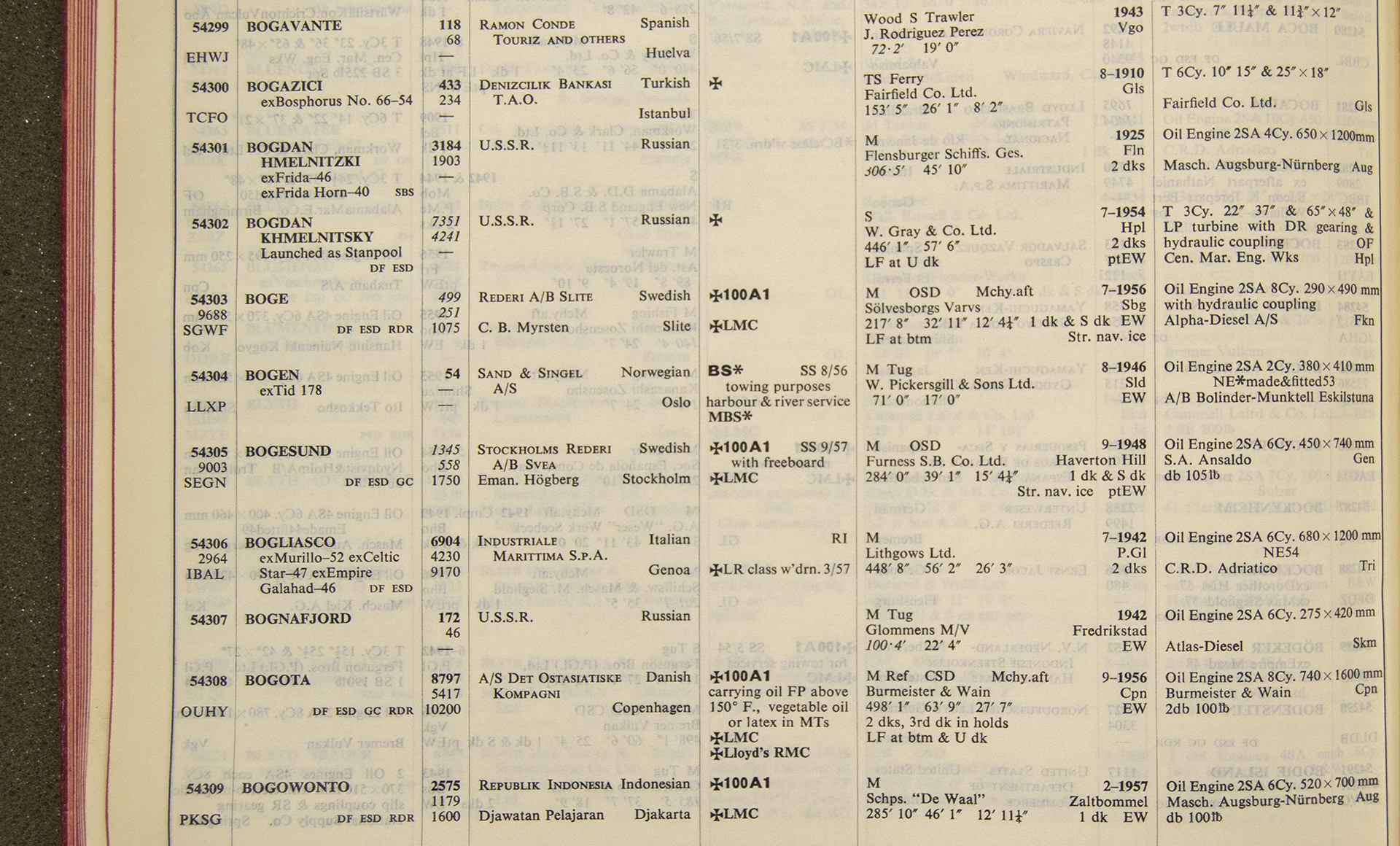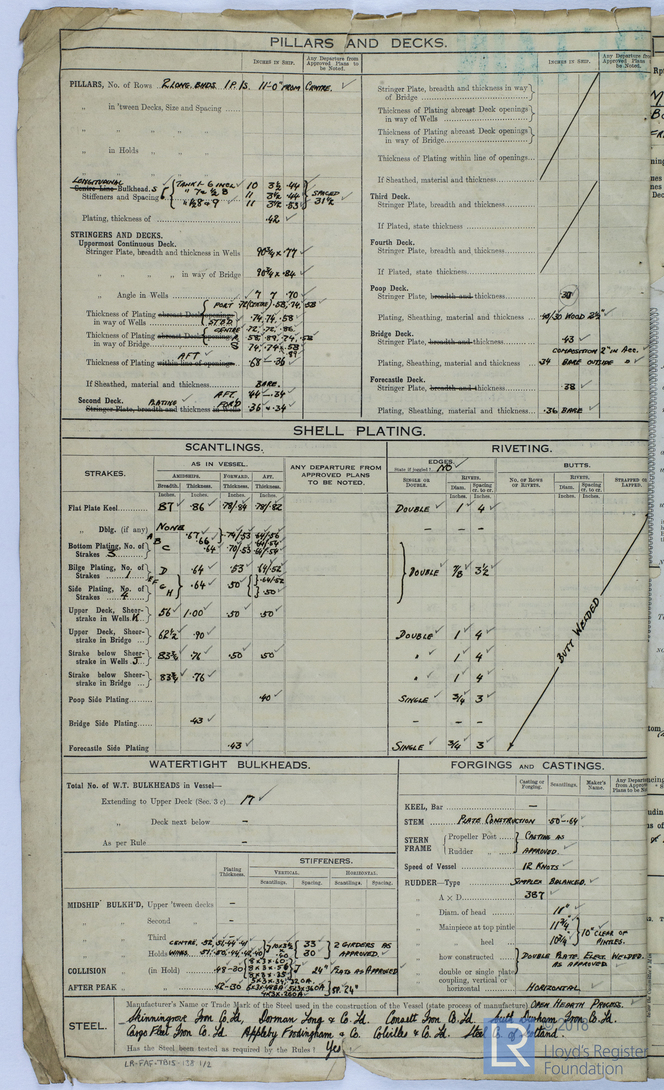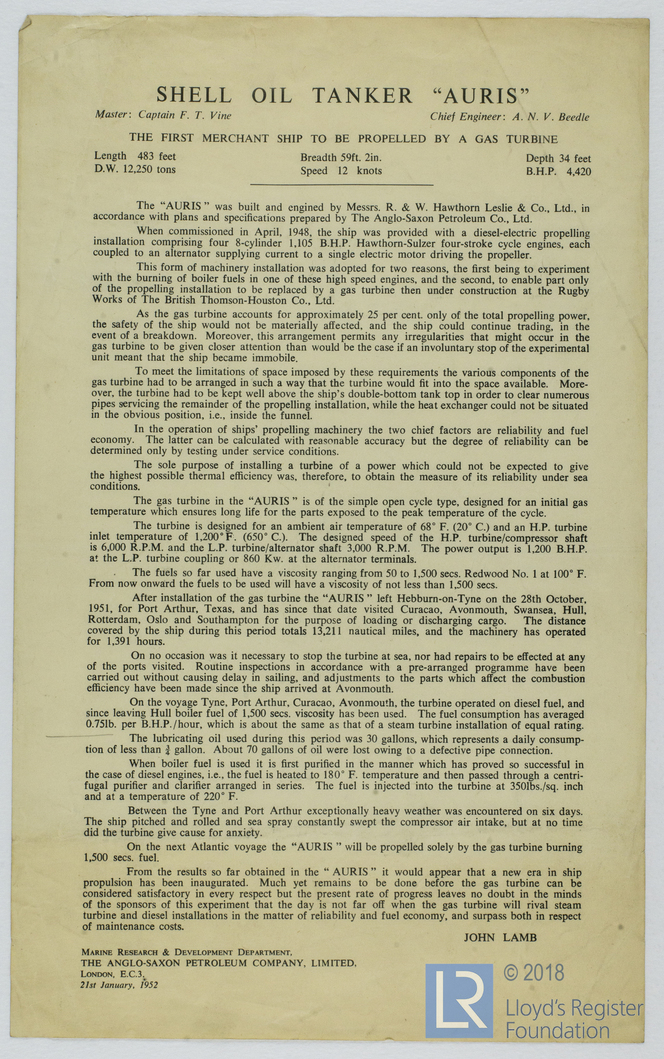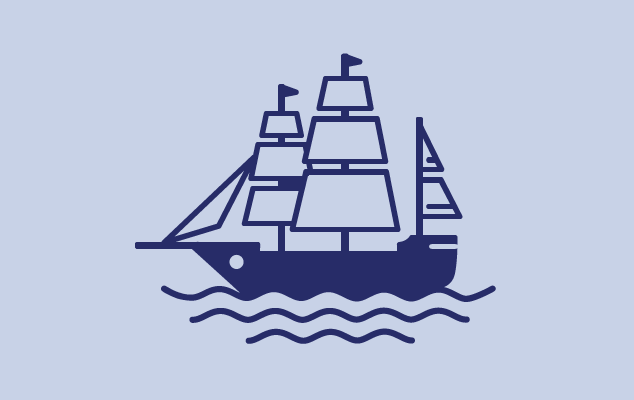A complete list of abbreviations can be downloaded here.
Following the Second World War, energy demand drove the development of more and bigger oil tankers and accellerated the fragmentation of the bulk cargo trade into specialist sectors. This was a symptom of the remarkable growth in world trade soon to come. World seaborn trade rose from 490 million tonnes in 1948 to 3,210 million tonnes in 1973.
Conversions tended to precede the design of new specialist vessels. In pursuit of economies of scale, ships increased in size and were designed to be easier and speedier to load and unload. Many of solutions adopted pre-dated the war, although without a stable demand they had rarely been implemented.
When there was demand, as in the case of tankers, then shipyards adopted more productive methods to increase output. The new techniques were monitored by the classification societies, which also studied issues such as the impact of size on structural strength. Bigger ships and increased volumes of oil and cargo needed adequate facilities, resulting in the re-development of ports.
The page shown above has been taken from the 1958/59 edition of Lloyd's Register of Ships. The linked documents belong to the tanker Auris, active in the mid-20th Century. Auris was the first merchant ship propelled by a gas turbine, built in 1948 at Hebburn-on-Tyne. Discover more details on her, including surveys and plans, following the links below:






